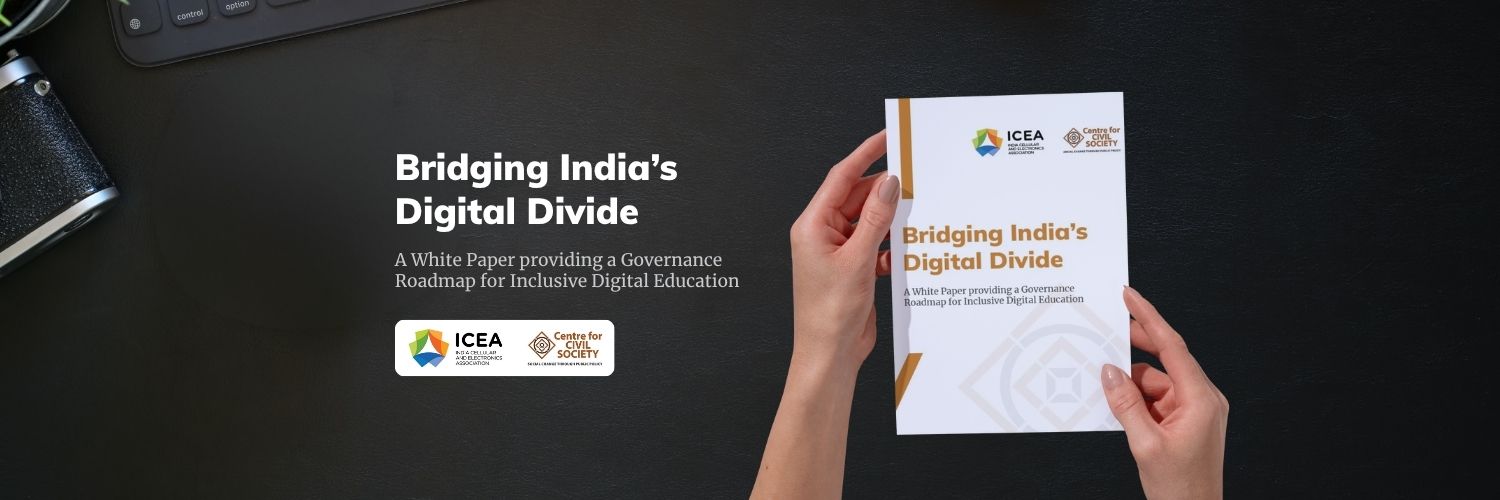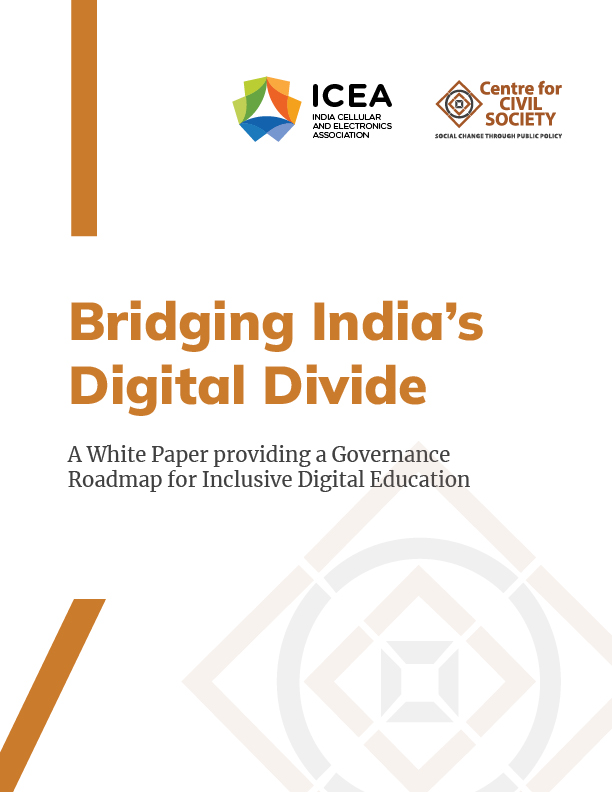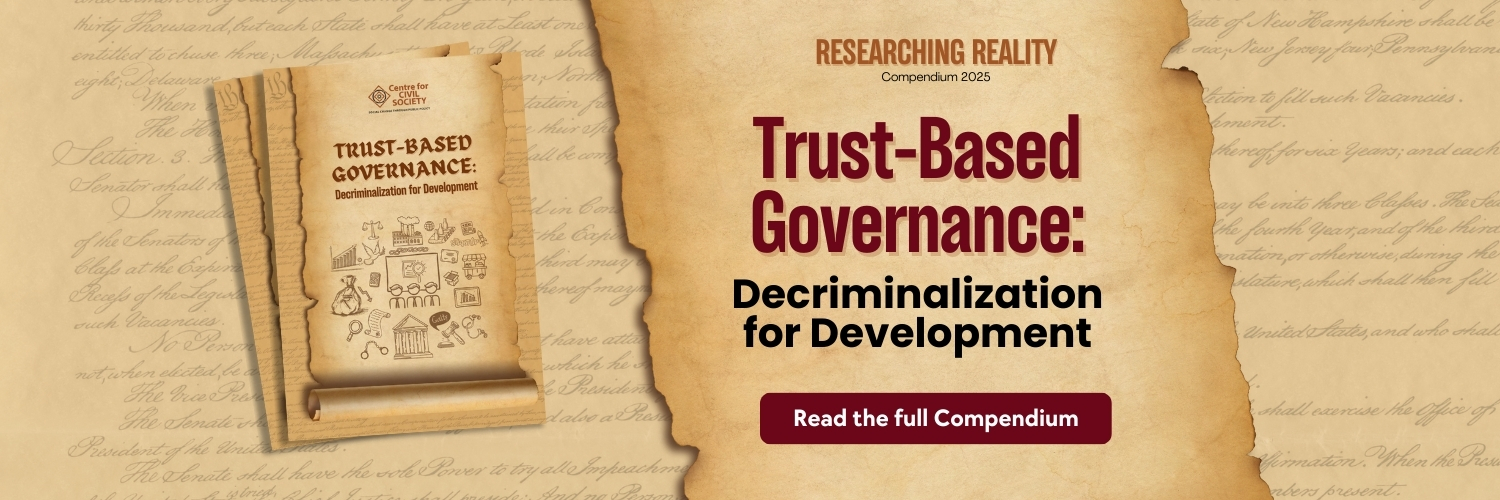A White Paper providing a Governance Roadmap for Inclusive Digital Education
India’s education system serves over 260 million students across 1.5 million schools, with vast heterogeneity in infrastructure, teacher capacity, and learner needs. In such a context, a centralised, standardised approach to educational technology deployment is structurally mismatched. Policies that assume homogeneity — for example, by prescribing a single device type or a uniform platform — overlook the reality that what works in an urban English-medium school in Bengaluru may be entirely unsuitable for a rural school in Bihar. The primary research thus puts an intentional focus on a broad device range including mobile, tablets, desktops, laptops, AR/VR, IFPs, TVs etc.
This challenge is compounded by the political economy of procurement. Large-scale contracts issued through central or state tenders tend to lock in a narrow set of vendors, reduce competitive incentives for innovation, and increase the risk of technology obsolescence. Meanwhile, the relevant policy levers are dispersed across multiple ministries: the Ministry of Education (MoE) sets curricular priorities; the Ministry of Electronics and Information Technology (MeitY) establishes platform and data governance standards; and state governments handle procurement and local implementation. Without formalised coordination, these actors often work in parallel rather than in concert. Past experiences, both in India and abroad, show that technology deployment unaccompanied by teacher training, curriculum integration, and sustained support often results in underutilisation of tech features and pedagogical possibilities. Audit reports from several Indian states have documented cases of devices lying idle due to software incompatibility, lack of electricity or internet, or insufficient user training. This mirrors early phases of Uruguay’s Plan Ceibal, where universal laptop distribution yielded little measurable learning impact until governance reforms shifted the focus towards teacher capacity, localised choice, and ROI measurement (Severin et al., 2011).
This white paper seeks to reframe India’s digital education policy by moving away from input maximisation towards outcome-optimisation. The approach is guided by three interlinked shifts:
- From centralised procurement to decentralised, end-user-driven selection;
- From counting inputs to measuring learning returns on investment;
- From fragmented administration to coordinated, multi-level governance



